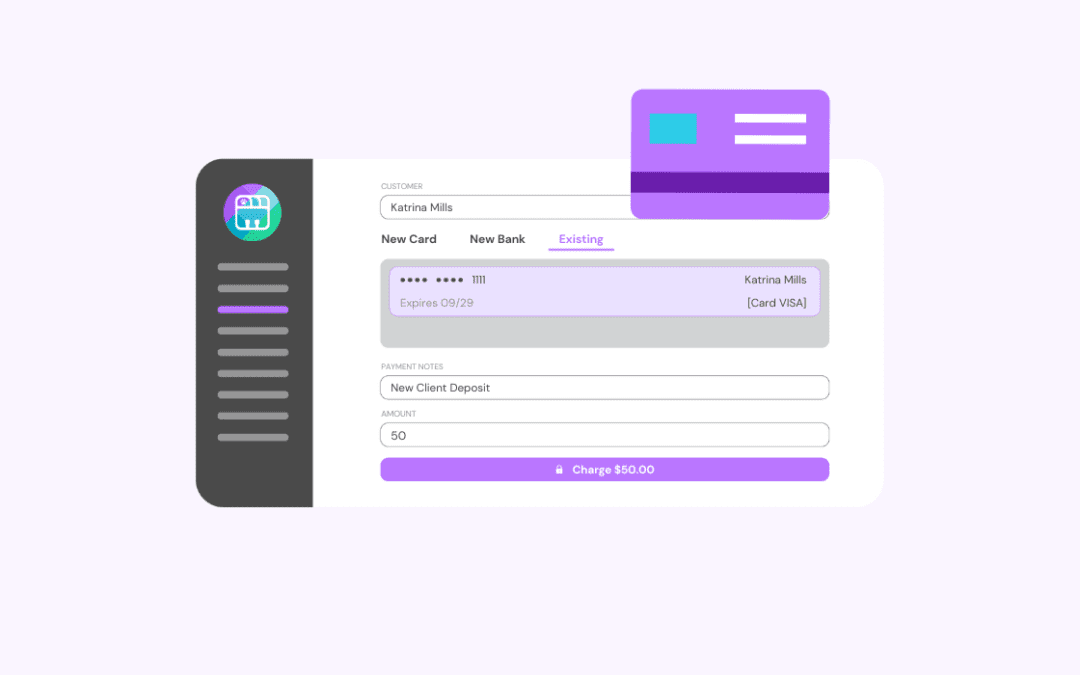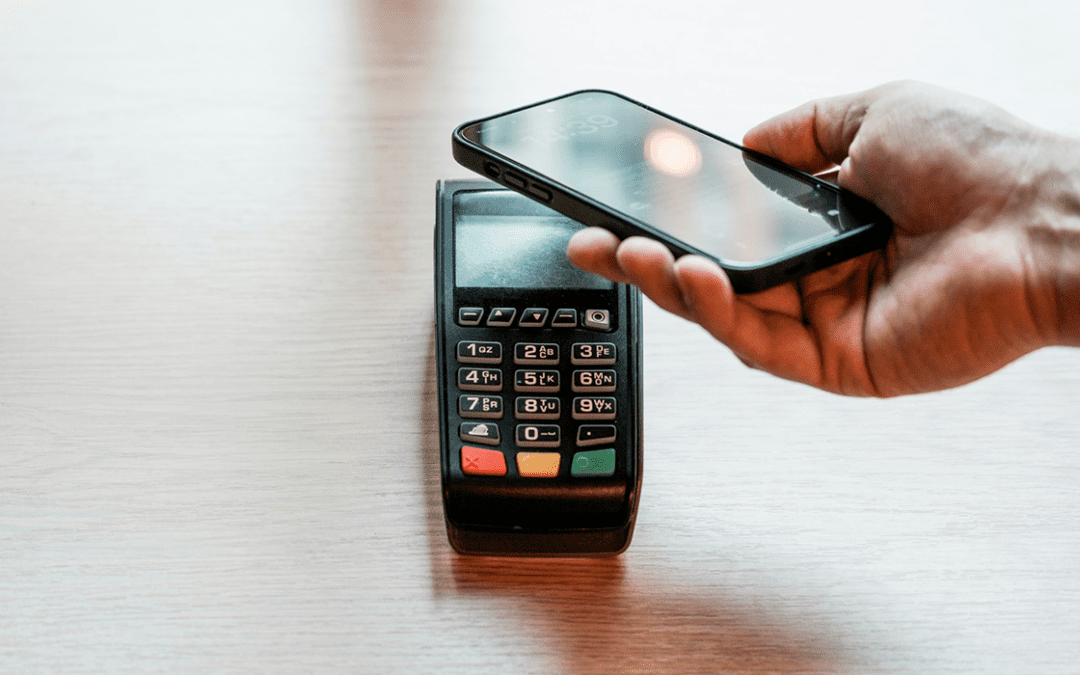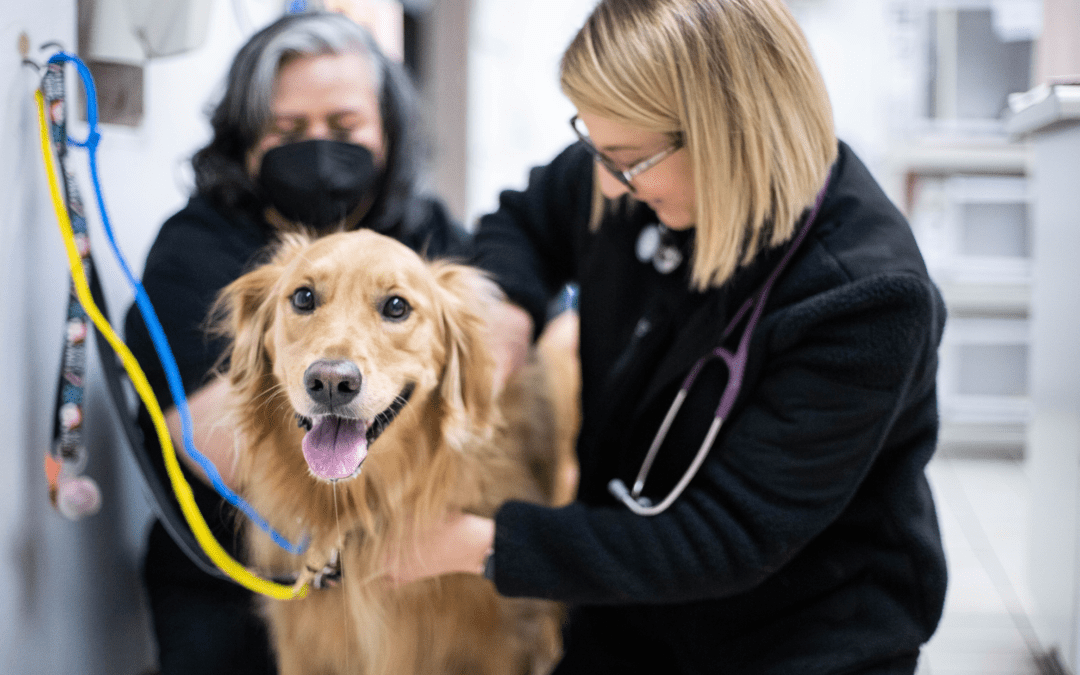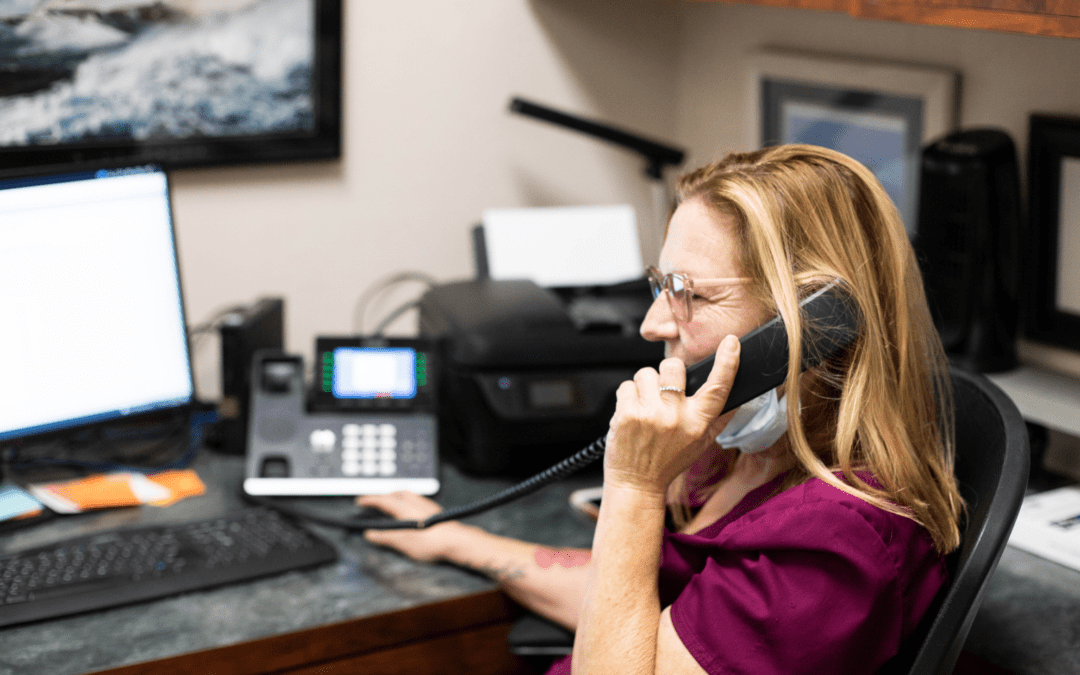That’s a lot of money left on the table.
The problem with no-shows? Valuable appointment slots being used for naught when paying customers are patiently waiting for an opening.
Let’s take a look at your typical scenario: Client calls in. Client requests an appointment. You schedule the client at a time that works for both of you. When the time comes to see the patient, they don’t show. These are costly losses that affect every veterinary practice across the country.
With this being such a prevalent problem, it makes you wonder why clients no-show. Are there ways you can prevent no-shows? Yes, but it’s important to note why they happen in the first place. Also, take comfort in knowing there are a few practices you can follow to best avoid no-shows.
Are you ready to find out why clients get cold feet and learn what you can do to prevent no-shows? Let’s find out.
Reason #1: Forgetfulness
This is the leading cause of no-shows. The client’s appointment slipped their mind, they didn’t remember what time their appointment was, they thought it was on another day, etc. — these are all reasons which contribute to your no-show problem.
We live busy lives. It’s not uncommon for any of us to forget something that’s not baked into our hectic daily schedules. If it’s something out of the ordinary, it’s susceptible to slipping the mind.
In the veterinary industry, we already have processes in place to prevent this problem: Confirmations.
Most veterinary practices out there reach out to clients a few days in advance to remind them of their upcoming trip to the vet. As a courtesy, it gets the job done — sometimes. Just look at the 2015 AAHA report to judge it’s success. What’s the problem with confirmation calls? Most of them go to voicemail. A Vonage report states that only 14% of voicemails are checked.
The solution is right in your pocket: Mobile.
Your clients are on their smartphones. You should be too. Look into text confirmations or push notifications. Not only will this automate those confirmations but your clients will actually see their appointment reminders. That’s a win-win in our book.
Reason #2: Emergencies
Life likes to throw curveballs. Emergencies happen to all of us. If you’ve ever worked the front office before, you know emergencies are one of the leading causes of no-shows.
In reality, there isn’t a fix for them. All you can do is expect them to happen and have a process in place for rescheduling when an emergency happens. If there is an emergency, be patient with your clients and reschedule ASAP. Ensure there’s an open line of communication here for when this happens.
Reason #3: Improved Patient Health
When a pet’s health suddenly improves, the client may feel their appointment isn’t necessary anymore. In a perfect world, you’ll get a phone call about their miraculous recovery before the scheduled appointment. This doesn’t always happen. You can do your part when you speak with the client during the initial phone call to schedule. If it sounds like the pet has a 24-hour bug, let them know that they should call to cancel if the pet is feeling better.
Reason #4: Bad Weather
Inclement weather can prevent the best of us from meeting our obligations. We may not see much of this here in sunny San Diego, but for our pet owners out in the Midwest or on the East Coast, this rings true.
While this contributes to no-shows, it’s another one of those unavoidable situations. However, since you and your clients are probably in the same city, you can see this one coming.
When the weather is about to strike, plan ahead. With tools like PetDesk, you can mass message clients and alert them in advance about detours that could affect their route to the clinic. Let them know to call in advance if they’re unable to make their appointment. This allows you to plan ahead, reschedule appointments, and fit in any last minute emergencies that may pop up.
Reason #5: Financial Issues
Again, if you’ve ever worked the front office, you’re familiar with this one. Financial concerns contribute to the 9% industry no-show rate.
We’ve all been there — you plan to budget for something in the future, life happens, and when the time comes, you don’t have the money.
This one is both avoidable and totally unavoidable, depending on circumstances. For your clinic, you don’t really have much control over this. The best plan of action is to be accommodating. If you offer payment plans, you may be able to accommodate those of us experiencing financial difficulties.
The key takeaway here: it’s impossible to prevent no-shows entirely. Communication is key to preventing them. Confirm your upcoming appointments. With voicemail being so unreliable, use digital channels like text and push notifications to reach your clients. Not only do the numbers speak for themselves, it’s where your clients want to be reached. The final takeaway is to remember that communication and pestering are two different things. Respect your clients and they will respect you and your practice.
If you’re interested in learning more about client communication tools for your veterinary practice, request a demo! Our Practice Management Consultants will walk you through our suite of tools designed to streamline and improve your practice’s client communication.






